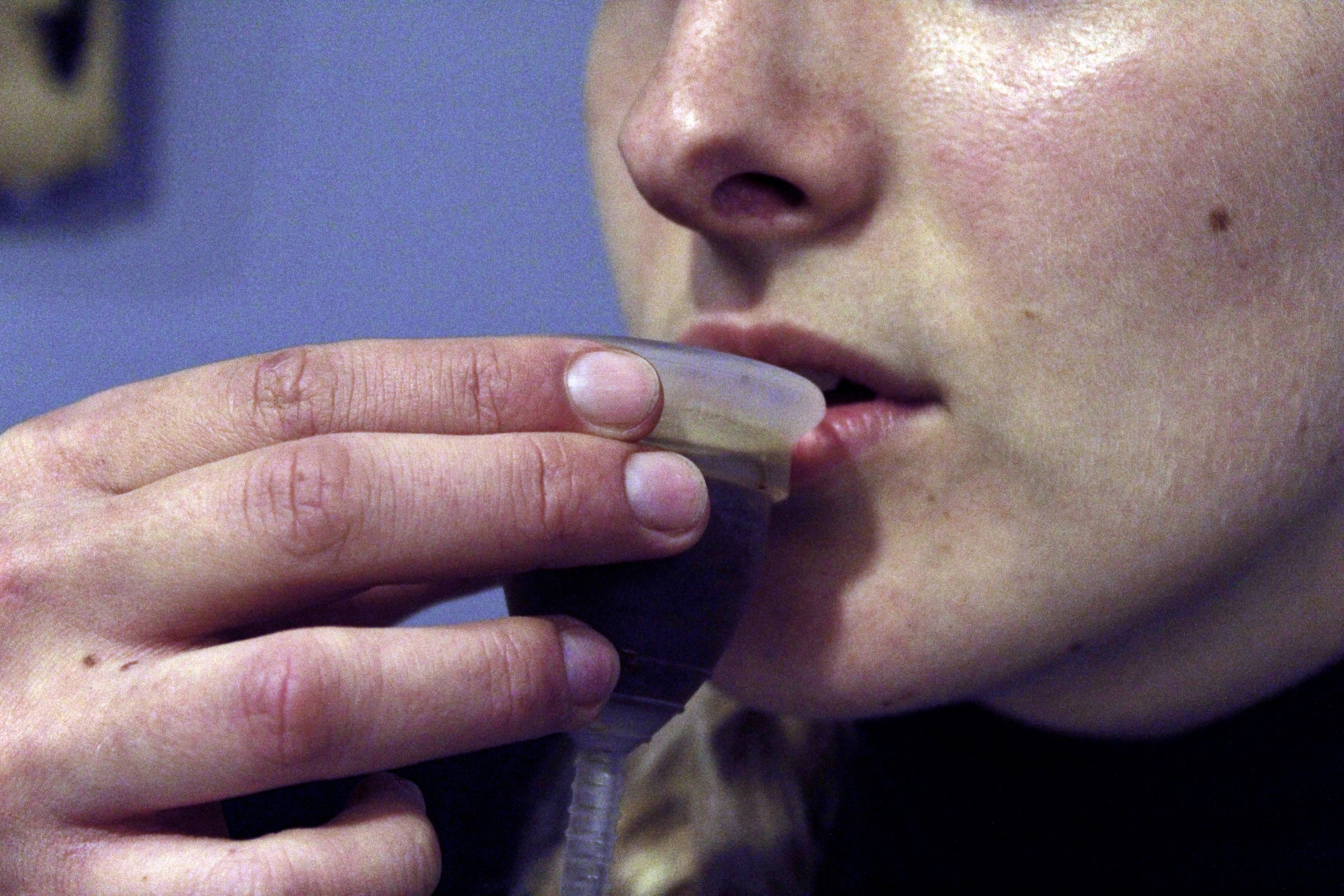YEAR / 2022
BRIEF
The context of the sea forms the basis of this design challenge. Twelve million tonnes of plastic are poured into the ocean every year. With recent coverage of local (Wales) water companies and councils turning a blind eye on untreated sewage being dumped into our oceans, this context is perfect for thinking about how design can be used to change behaviour. Deliver about an affirmative behavioural change design and a disruptive design deliverable responding to one of the following subcontexts: sewage, fish, or plastic.
Just a Bloody Cup.

RESPONSE
Choosing the subcategory of plastic, I wanted to challenge myself by going beyond changing and disrupting behaviour around plastic bottles and plastic bags, as these are issues that are already being extensively advocated against through design. This led me to pursuing the issue of period plastics through the design solution Just a Bloody Cup. Most are oblivious of the fact that sanitary pads alone consist of up to 90% plastic. However, a range of sustainable alternatives do exist, only that the fewest of people have switched to them, due to lack of education and doubts around the products. The behavioural change design focuses on encouraging menstruating people to use menstrual cups by making them aware of the issues surrounding period plastics, and why menstrual cups are not as scary and ‘strange’ as many perceive. The disruptive design element normalises menstrual cups by linking them to cups of a much more familiar context: the coffee cup.
Disruptive design.
Normalising menstrual cups by linking them to cups of a much more familiar context - the coffee cup. The solution involves coffee shops handing out free espresso shots in menstrual cups for a day. The surprise would trigger conversations with the baristas, who would clarify why menstrual cups are being used, and explain the context regarding the shocking level of plastic pollution from traditional products.














